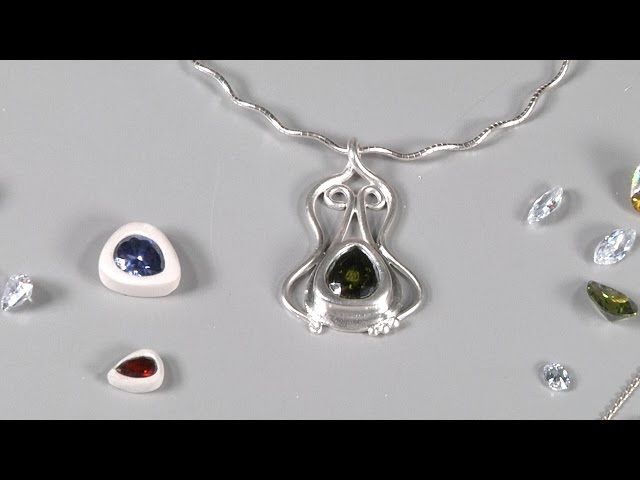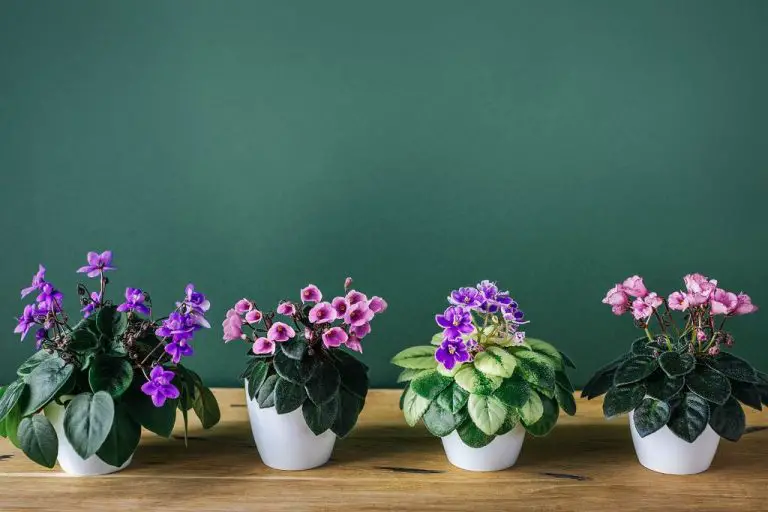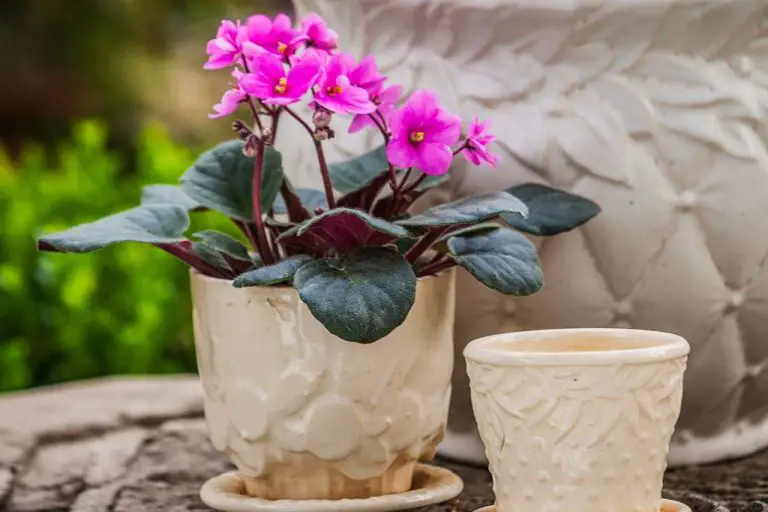Can You Make A Pipe Out Of Air Dry Clay Crayola?
Air dry clay is a moldable clay that hardens without baking as it dries out. The curing process takes place through air drying and evaporation. Air dry clay is very workable and easy to sculpt before hardening. It’s an accessible sculpting material for beginners and children. Crayola makes an affordable air dry clay product designed for kids’ crafts and creative DIY projects.
This guide will walk through using Crayola air dry clay to handcraft a pipe for smoking. The pipe will be formed completely out of clay and allowed to cure at room temperature. While not as durable or heat-resistant as a clay pipe fired in a kiln, an air dried clay pipe can provide a fun craft project and usable smoking implement.
Selecting the Right Air Dry Clay
Crayola air dry clay is the best clay to use for sculpting your own cannabis pipe for a few key reasons. First, it’s made from non-toxic materials so it will be safe to smoke out of once fully cured. Standard clays may have toxic chemicals like lead that can leach out when heated. Crayola clay is 100% safe, even for children to handle and work with.
Second, Crayola air dry clay maintains its shape and texture very well as it dries. This allows you to sculpt intricate shapes and details that will hold their form as the clay cures. Other clays may crack, sag or warp as they dry if you try to sculpt thin or complex shapes.
Finally, Crayola clay comes in bright colors and is easy to paint once dry. This gives you lots of options for decorating your finished pipe. Avoid any clays that are oil-based or could introduce unsafe contaminants when smoked.
Pipe Design Considerations
When designing your clay pipe, there are a few important factors to consider:
Shape – The overall shape and style is up to you, but make sure the pipe is comfortable and ergonomic to hold. Simple cylindrical or spoon shapes tend to work well.
Thickness – The walls of the pipe bowl and mouthpiece should be 1/4 to 1/2 inch thick so they are sturdy and long-lasting. Any thinner and the pipe may crack or break easily.
Bowl Size – The bowl that holds the smoking material should be approximately 1 inch wide and deep for the best functionality.
One critical design element for a clay pipe is a carb hole. This small hole located somewhere along the pipe lets you control and modulate the airflow when smoking. You can cover it with a finger as you draw smoke into the pipe, then uncover it to allow fresh air in and clear the chamber.
Take these design factors into account when sculpting your clay pipe to ensure it has the right shape, thickness, bowl size, and carb hole for optimal functionality and durability.
Sculpting the Pipe
Once you have selected your air dry clay and prepared your workspace, you are ready to start sculpting the actual pipe shape. Here are step-by-step instructions for sculpting your pipe out of air dry clay:
1. Roll out a snake. Take a lump of clay and roll it between your hands on a flat surface to create a long, thick snake shape. This snake should be approximately 1-1.5 inches thick. Make it as long as you’d like your finished pipe to be.
2. Bend into shape. Gently bend and curve the snake into the basic C pipe shape, leaving a small gap between the ends. The snake should now resemble a very thick pipe.
3. Seal the ends. Gently press the two ends of the snake together, sealing up the gap to complete the circular pipe shape.
4. Smooth and refine. Run your fingers along the pipe, gently smoothing out any lumps or uneven sections. Refine the shape as needed.
5. Add thickness and details. Roll small balls or coils of clay and attach them around the pipe bowl area to build up extra thickness. Add any decorative details as desired.
Take your time sculpting the pipe shape for the best results. Let the clay firm up slightly between steps to help hold the shape. Work slowly and gently to avoid cracks or breakage. Once you are happy with the sculpted pipe shape, you can move on to adding further decorations and letting it fully dry before use.
Adding Decorations and Detail
One of the best parts of making your own pipe out of air dry clay is the ability to add personalized decorations and details. This allows you to make your pipe truly unique and customized to your taste. Here are some ideas for decorating your clay pipe:
-
Use acrylic paints to add colors, designs, words, or images. Paint pens also work great for adding finer details. Let paint fully dry before continuing.
-
Press beads, sequins, buttons, or other small objects into the surface of the clay to create texture and visual interest.
-
Use clay shaping tools to add patterns, like dots, lines, or geometric shapes. Let your creativity flow!
-
Attach air-dry clay coils, ropes, or geometric shapes to create 3D designs. Make coils by rolling clay into snake-like forms.
-
Use rubber stamps or texture plates to imprint designs into the surface of the pipe.
-
Consider adding meaningful words, initials, names, symbols or images that represent your personality.
The options are endless when decorating your own handmade clay pipe. Let your imagination run wild and make it truly unique to you. The personalized touches will make your pipe stand out from any other.
Creating the Carb Hole
The carb hole is one of the most important parts of a functional clay pipe. This is the hole that allows airflow when you inhale from the mouthpiece. Proper placement and sizing of the carb hole is crucial.
The carb hole should be made on the side of the pipe, about 1-2 inches from the bowl. Use a thin stick, skewer, or pencil to poke a hole in the desired spot. The size of the hole can range from 1/4 inch to 1/2 inch in diameter depending on personal preference.
Make sure the hole penetrates all the way through the side of the clay. Use the poking tool to clear out any excess clay. Test the hole by trying to inhale through it to ensure it allows adequate airflow.
The carb hole should not be too big or it can impact the smoking functionality. It also shouldn’t be too small or it will restrict airflow. Experiment with different carb hole sizes to find the right fit.
Take care not to make the hole too close to the bowl area, as this can cause issues when lighting. Position it far enough down the pipe’s shaft for comfort and functionality.
Additionally, consider decorating around the carb hole for aesthetic appeal if desired. Just be sure not to cover over or obstruct the hole itself.
Letting the Pipe Dry
Once you’ve sculpted and decorated your air dry clay pipe, it’s time to let it fully harden before use. The drying time will depend on the thickness and size of your pipe. Thinner pieces made with just a coil or two of clay may only take 24-48 hours to dry. Larger, more intricate pipes can take 3-7 days to completely harden.
Find a safe place to let your pipe dry undisturbed where it won’t get knocked over or damaged. Lay it on a flat surface and avoid touching or handling it until fully hardened. Check on the pipe periodically to ensure it is drying evenly. Look for cracks which could indicate drying too fast – you may need to slow the drying process by putting the pipe in a sealed plastic bag or container to retain moisture.
Test areas of the pipe by pressing firmly to ensure it has fully hardened before use. Any soft or mushy areas mean it requires more drying time. A properly dried clay pipe will be hard with no give. Allowing proper hardening time prevents leaks, breaks, or mouthpiece damage when smoking your homemade pipe.
Testing for Safety
Before using your homemade clay pipe, it’s extremely important to test it thoroughly for safety. Air dry clay contains chemicals that can be dangerous if inhaled or ingested. The primary safety concern is offgassing, which is when volatile organic compounds (VOCs) are released from the clay as gases.
To test for offgassing, leave your finished clay pipe to cure for at least 72 hours after it has fully dried. Then, hold the pipe up to your nose and sniff it. Be wary of any chemical or plastic-like odors. A properly cured clay pipe should have little to no scent.
If you detect concerning odors, do not use the pipe. Instead, allow it to cure longer until the smell dissipates. You can also try baking the pipe at 200°F for 30 minutes, which can help release any remaining VOCs.
In addition to offgassing, test if any color comes off the pipe’s surface when wet.
Submerge a small section in water for 24 hours, then check if the water is tinted. Colored clay can potentially leach chemicals and dyes when wet.
Lastly, check that your particular brand of air dry clay is non-toxic. The product details should clarify it is safe for items in contact with food or mouth use once fully cured. When in doubt, avoid using homemade pipes created with uncertified clays.
With thorough safety testing and curing time, an air dry clay pipe can provide a unique DIY smoking experience. But don’t rush the process, as inhaling anything toxic can have severe health consequences. Be patient, and only use materials verified as food-safe and non-toxic once fully cured.
Using the Finished Pipe
The first time you use your finished air dry clay pipe, start slowly to help break it in. Take only a few small puffs at first to begin gently releasing any remaining moisture from the clay and testing the pipe’s airflow. Over several uses, gradually increase your intake as the pipe continues to cure and becomes seasoned.
Be sure to let the pipe fully dry between uses, and avoid overloading it with too much air flow while it’s still relatively delicate. Air dry clay remains porous, so don’t let water touch the surface which could compromise the pipe. Gently wipe down the outside with a dry cloth to remove residue.
To keep the pipe clean on the inside you can run a pipe cleaner through the stem after use. Avoid scraping or scouring the interior, as this could remove decorative details. The pipe may naturally accumulate a patina over time. Check periodically for any cracks developing, and retire the pipe if the clay shows signs of deterioration.
With proper care and gradual break-in, an air dry clay pipe can provide a novel, decorative way to enjoy smoking your favorite blends.
Troubleshooting Issues
Despite taking all the proper precautions, you may still run into some issues when making an air dry clay pipe. Here are some common problems and how to resolve them:
Cracks
If cracks start to form in the clay as it dries, there are a couple solutions. First, you can seal small cracks by rubbing a wet finger over them to moisten and smooth out the clay. For larger cracks, mix up a small batch of fresh clay and use it to patch the damaged areas.
Blockages
If the pipe bowl or carb become blocked with dry bits of clay or other debris, use a toothpick, wire, or pipe cleaner to gently clear out the clogged areas. Avoid using anything metal or sharp that could scratch or damage the pipe.
Breaks
If part of the pipe breaks off entirely, you may be able to fix it by moistening the broken edges and piecing it back together. Use slip (liquid clay) to “glue” the sections back in place. Let it dry completely before using the repaired pipe.
Unsafe Materials
Make sure any added decorations like beads or gems are non-toxic and heat/burn resistant. Avoid any materials that could release fumes or contaminants when exposed to flame.
Firing
Never put an air dry clay pipe in the oven or attempt to fire it like ceramic clay. Air dry clays are not kiln-safe and will melt/burn if exposed to high heat. They can only be air dried at room temperature.





